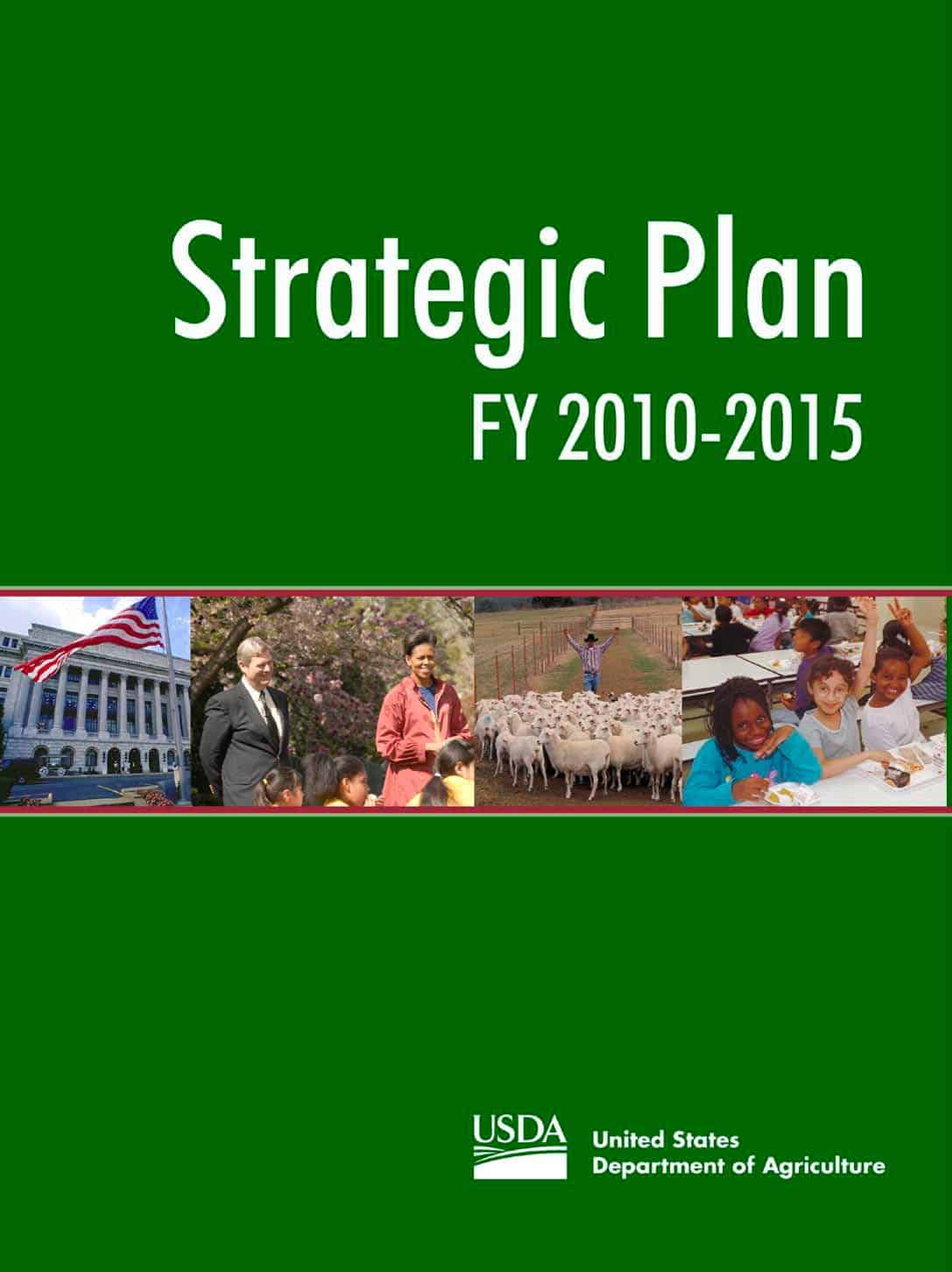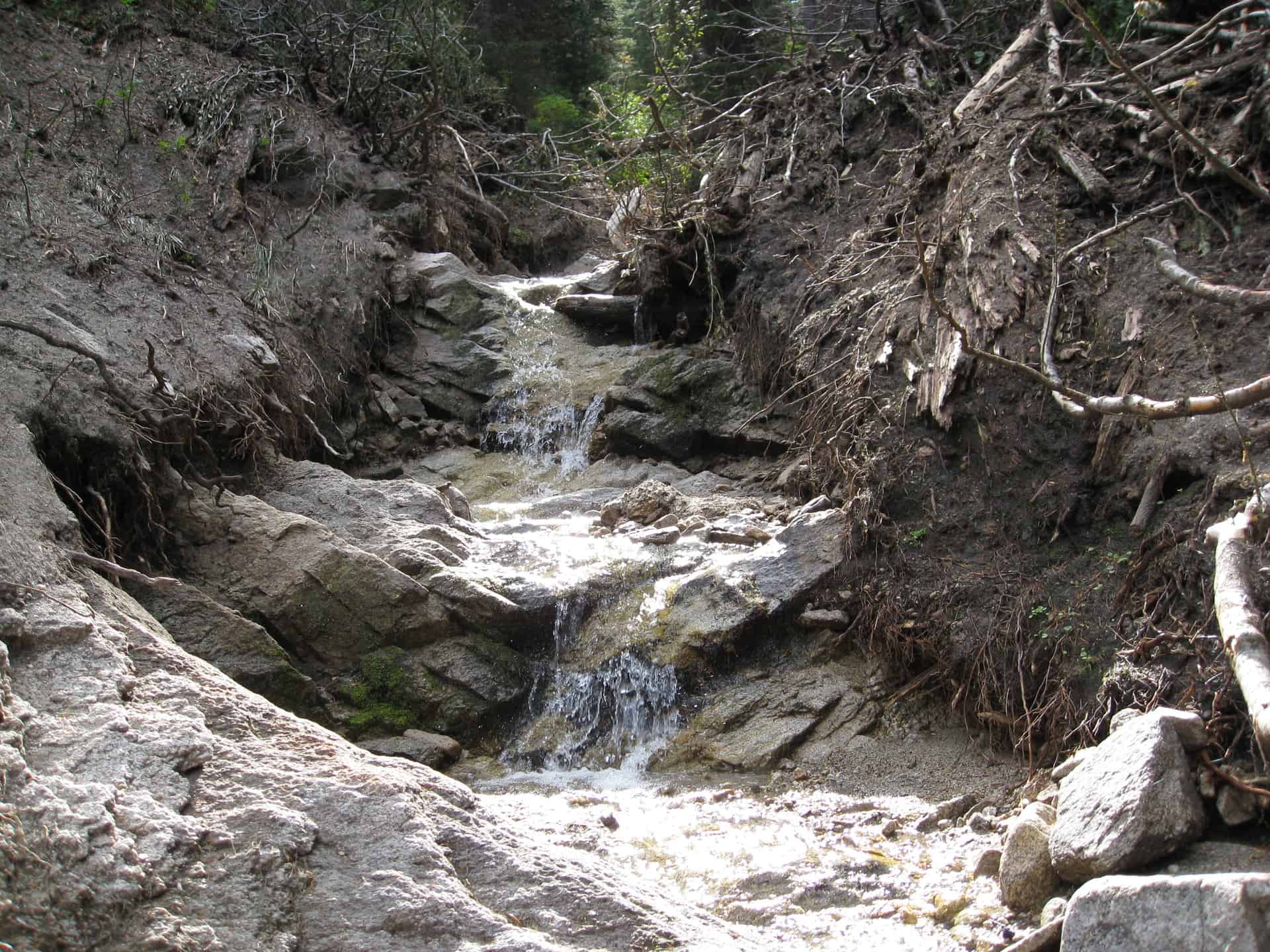 Perhaps the greatest challenge in the development of a new Forest Service planning rule is the need to reduce the length and cost of forest planning processes. The salary costs of an interdisciplinary planning team can easily run $100,000 per month, or over $1 million per year. Planning processes can easily run five, six, seven or more years, so total salary costs can approach $10 million.
Perhaps the greatest challenge in the development of a new Forest Service planning rule is the need to reduce the length and cost of forest planning processes. The salary costs of an interdisciplinary planning team can easily run $100,000 per month, or over $1 million per year. Planning processes can easily run five, six, seven or more years, so total salary costs can approach $10 million.
Except for the Beaverhead-Deerlodge plan in Montana, and the smaller National Forests in the east, no plan revisions have been completed in the last four years. The problem occured even with new planning rules in 2005 and 2008 which were intended to simplify the planning process. There are currently 70 forest and grassland plan revisions nationwide that are overdue.
The need for a new planning rule to reduce complexity has been discussed previously on this blog. The Notice of Intent for a new rule last December described the problems that lengthy planning processes can create for the public:
“One challenge the Agency has faced with regard to public participation is that plans can at times take 8–10 years to revise, a timeframe that is too long to sustain a true collaborative effort and use the most up-to-date science and management thinking.”
Perhaps the root of what’s going on is the “wicked problem” posed by the National Forest Management Act (NFMA), as earlier discussed on this blog and in the excellent review by George Mason University of the process for the Sierra Nevada plan amendments. The wicked problem is evident through the lack of consensus about multiple use management. Shortly after NFMA was passed, commentors saw that it was an impossible task and should be repealed. Unfortunately, NFMA isn’t going away, which led to a proposal earlier on this blog to at least limit any new regulatory requirements to the minimum required by the Act. As early as a 1990 Critique of Forest Planning, there have been calls to simplify the planning regulations. This was noted in the December NOI for a new rule:
“The Critique found that the 1982 planning rule process was very complex; had significant costs, was lengthy, and was cumbersome for public input. The recommendations in the Critique and the Agency’s experiences with planning led to the Agency issuing an advance notice of proposed rulemaking for new regulations in 1991, and two proposed rules, in 1995 and 1999. After working with a committee of scientists, the Department issued the 2000 rule to revise the 1982 regulations. The 2000 revision of the planning rule described a new framework for NFS planning; made sustainability the foundation for NFS planning and management; required the consideration of the best available science during the planning process, and set forth requirements for implementation, monitoring, evaluation, amendment, and revision of land and resource management plans. However, a review in the spring of 2001 found that the 2000 rule was costly, complex, and procedurally burdensome. The results of the review led the Department to issue a new planning rule in 2005, and a revised version again in 2008…”
Meanwhile, planners are forging ahead. There are 21 forest plan revisions continuing using the existing regulations.
To understand why plans are expensive and time consuming, it is helpful to look at the process. There are five major cost centers in a Forest Planning process: assessments, collaboration, environmental documentation, reviews, and objection/appeals. (Often, the actual writing of a plan is a relatively small task compared to these other five.) Any one of these five cost centers can create delays in the timeline and additional costs.
The unfortunate problem with delays is that it extends the window in which a planning effort may be subject to new policies, directives, requirements, or political considerations. Thus, the process itself can spiral, and a three month delay can become a one year delay to meet a new initative. Recent examples of delays to forest plans include emerging climate change considerations, new guidance on restoration, and changes to energy policies.
The need to simplify the planning process was discussed last week at a meeting of Forest Service planners in Salt Lake City. The planners recognized that management of the five cost centers is critical. One planner said that it takes “wisdom and courage” which is not often rewarded. Is there a point where more collaboration will no longer be effective? Do we have the courage to make a decision without certain information? It requires line officer engagement, to let future Regional Office and Washington Office reviewers know what is going on before the reviews. It may require saying “no” to 11th hour changes to the plan. It requires a set timeline, notifying the public, and sticking to the timeline. It requires internal and external communication across all levels of the organization, to let people know ahead of time when they will be needed. Regional and Washington Office reviewers need to be efficient, and give Forest planners more leeway. There needs to be transparency with the public so they can see what is going on and how and when they can have input. The Forest Service Manual and Handbook can cause confusion, and must be streamlined. Instead, it’s important to follow the concepts of “organizational learning” discussed earlier on this blog.
Unfortunately, most or all of these managerial solutions have been tried in the past with mixed results. Perhaps we are expecting too much from forest planning. For instance, effective stakeholder collaboration can take years to build. It might be easier to work on partnerships on specific projects, and build collaborative capacity prior to beginning any forest planning process.
Until we recognize the true limitations of planning, it cannot become what it truly needs to be. At it’s best planning can clarify goals, set priorities, empower organizational learning, and establish relationships. But those things can’t happen if plans never get done.






